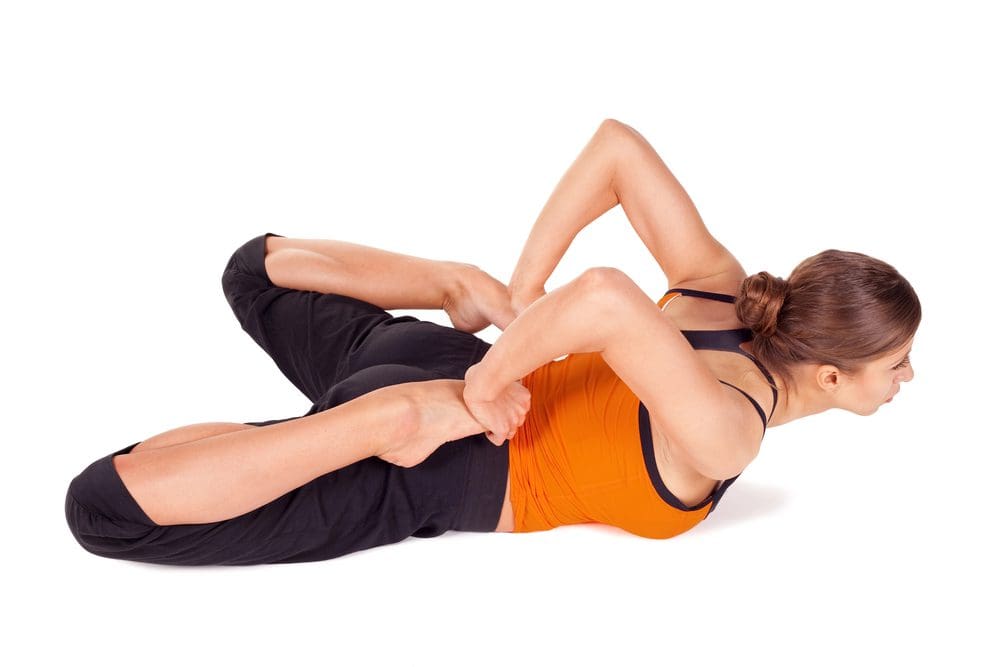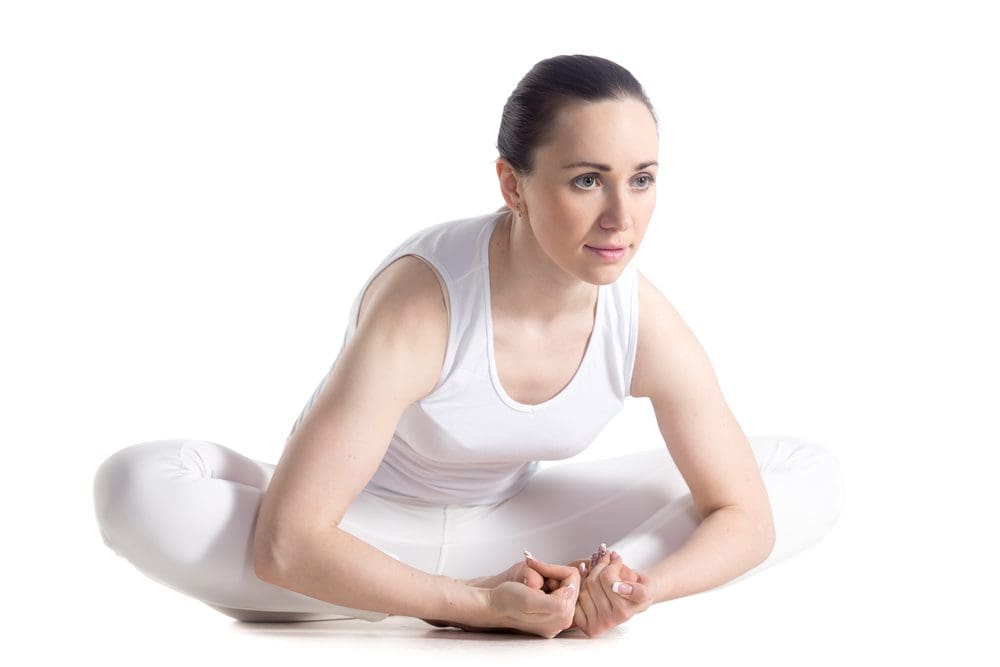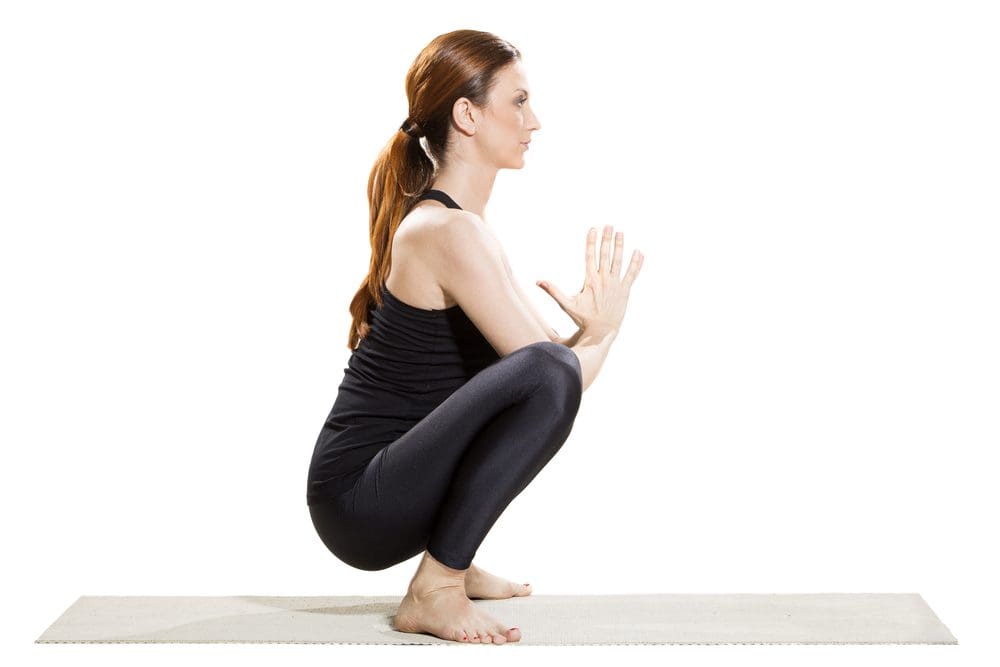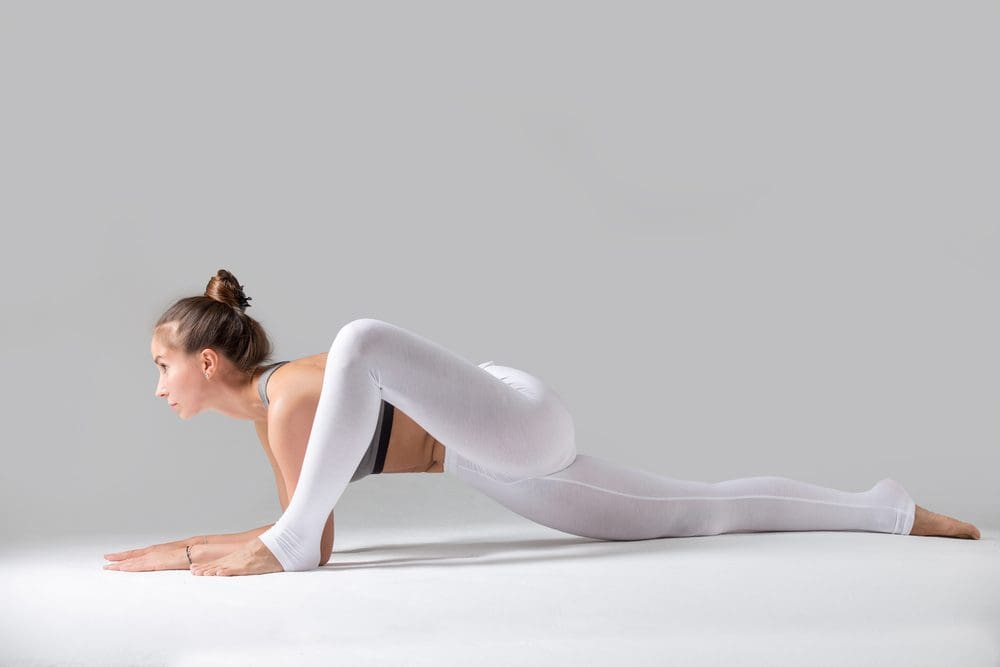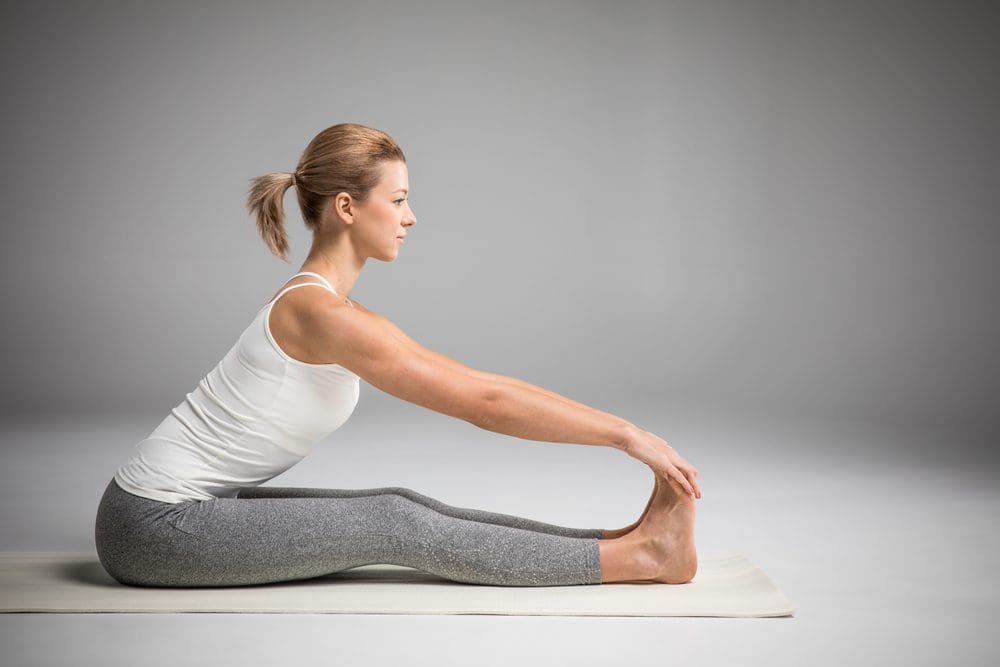Full Disclosure: Clicking on these links could mean a tiny commission for me, at no extra cost to you.
If you need to stretch when anxious, your body could be trying to tell you something a little deeper. Where our physical body meets our emotional core, you’ll find the hips – a part of us that holds many of our deepest feelings and moods. While it may be surprising to find out that our bodies show how we feel inside, it’s important that we don’t ignore what our hips are trying to tell us about our emotional and mental health.
In this article, we’ll explore the interesting link between your hips and your emotions. By understanding this connection, you can become more self-aware and improve your overall health. You’ll also learn some easy hip stretches to help release any trauma and emotions stored in your body that may be affecting your well-being.
The Need to Stretch When Anxious
When anxiety strikes, our body’s instinctive reaction is often to tighten up. This is where the need to stretch when anxious comes into play. Stretching helps release the tension trapped in our muscles, particularly in the hips, which are known to store a lot of emotional stress.
Understanding Anxiety and Physical Tension
Our bodies and emotions are deeply intertwined. It’s fascinating how our emotional experiences, especially the intense, raw, or unresolved ones, can leave their mark on our very flesh and bones. Anxiety can manifest physically in various ways. Common symptoms include a racing heart, shallow breathing, and muscle tightness. Our hips, being a major joint in our body, often bear the brunt of this tension. This is why you might feel a need to stretch when anxious or move around.
And then there are our hips.
When it comes to emotional health, your hips act like a storage facility, quietly holding onto the emotional stories of your life. They’re the secret keepers of your joys, fears, and traumas—some of which you might not even fully recognize or understand.
This serves as a powerful reminder of how our physical selves are connected to our emotions, each influencing and reflecting the other in ways we’re just beginning to understand.
The Connection Between Hips and Emotions
Why the hips? The answer is both physical and symbolic. Physically, the hips are packed with nerves, muscles, and connective tissues, which makes them a natural place for stress and emotional tension to gather. They are home to some of the largest muscles in our body, including the hip flexors, psoas muscle and the gluteal muscles. These muscles play a crucial role in our posture and movement. When we experience emotional stress, these muscles can become tight and sore, leading to discomfort.
Symbolically, hips are linked to movement and progress. When our emotions are stuck or bottled up, it often shows up in our hips, causing tightness or discomfort.
Psychologically, the hips can be viewed as a storage space for feelings we’re not ready to face. Fear, insecurity, and trauma often show up as physical tightness or discomfort in the hips. This mind-body response acts as a defense mechanism, shielding us from the immediate impact of emotional pain. However, if these emotions are not addressed, it can lead to long-term physical and emotional issues.
By stretching these muscles, we can release some of this pent-up tension and find relief.
5. Wide-Legged Forward Bend (Prasarita Padottanasana)
This stretch not only opens the hips but also revitalizes the body and calms the mind, making it excellent for emotional release.
- Stand with your feet wider than hip-distance apart, toes pointing slightly inward.
- Place your hands on your hips, inhale deeply, and as you exhale, hinge at the hips to fold forward.
- Bring your hands to the floor beneath your shoulders, keeping your spine long.
- For a deeper stretch, walk your hands through your legs, aiming to bring your forehead toward the ground.
- Hold for 30 seconds to a minute, breathing deeply, then slowly rise back to standing.
6. Garland Pose (Malasana)
Garland Pose opens the hips and groin, stimulates the abdominal organs, and helps soothe anxiety and stress.
- Start in a squatting position, feet as close together as comfortable, heels on the floor if possible.
- Separate your thighs wider than your torso, exhaling as you lean forward to fit your torso between your thighs.
- Press your elbows against your inner knees, bringing your palms together in prayer position, and gently push your knees wider.
- Hold the position for 30 seconds to a minute, focusing on deep, calming breaths.
7. Lizard Pose (Utthan Pristhasana)
Lizard Pose is a deeper hip opener that stretches the hip flexors, hamstrings, and quadriceps, aiding in emotional release.
- Begin in a low lunge position with your right foot forward.
- Lower your left knee to the floor, placing both hands on the inside of your right foot.
- Gently ease your right foot outward, to the edge of the mat, and if possible, come down onto your forearms for a deeper stretch.
- Hold for 30 seconds to a minute, then repeat on the opposite side.
8. Seated Forward Bend (Paschimottanasana)
While primarily targeting the hamstrings, this pose also helps release tension in the lower back and hips, promoting emotional release.
- Sit with your legs stretched out in front of you, spine erect.
- Inhale and raise your arms over your head, then exhale as you hinge at the hips to fold forward, reaching for your feet.
- Keep your spine long and avoid rounding the back as you draw your chest toward your thighs.
- Hold for 1–2 minutes, allowing each exhale to deepen the stretch and release tension.
Start your yoga practice today!
Yoga Download offers access to hundreds of online yoga classes designed to improve your mental health, reduce anxiety, and alleviate depression. Join their online yoga classes today and enjoy 50% off your membership .
Start your journey to a healthier, happier you now!
Join YogaDownload
Additional Techniques for Releasing Emotional Tension from the Hips
Recognizing the emotional baggage stored in our hips is a significant step towards achieving better emotional and mental health moving forward. There are several techniques and online programs that can help you along your paths towards emotional healing.
Unlock Your Hip Flexors: A Journey to Physical and Emotional Freedom
If you’re looking to delve deeper into your healing journey, the “Unlock Your Hip Flexors” online program offers a comprehensive guide to achieving optimal hip health, promising improved physical mobility, emotional release, and overall well-being.
This program, that we have personally used to help heal our own anxiety and back pain issues, is developed by leading fitness and health professionals. It includes targeted exercises that specifically aim to stretch, strengthen, and activate the hip flexors. It’s designed to not only addresse physical tension but also promote emotional release.
Ready to transform your health and unlock the full potential of your hips? Don’t let tight hips hold you back any longer. Start the “Unlock Your Hip Flexors” online program today and take the first step towards a healthier, more vibrant you.
Yoga and Mindfulness Practices
Yoga serves as a powerful tool for unlocking the hips and releasing storage trauma and emotions. Poses such as Pigeon, Frog, and Butterfly are not merely physical hip stretches; they are invitations to heal. Coupled with mindfulness practices, these poses encourage you to observe and let go of the emotional tensions that manifest in the hips.
Yoga Download is an online yoga platform that also serves as a community of healing and growth. It offers a range of yoga classes specifically designed to aid in the release of emotional and physical trauma stored in the body, especially focusing on areas like the hips. You get to learn from experienced yoga instructors who understand the delicate nature of trauma and the importance of a compassionate, gentle approach to yoga practice.
Plus, you can get 50% off your online yoga membership here.
Preventative Strategies for Maintaining Hip and Emotional Health
Understanding the connection between the hips and emotions highlights the importance of proactive measures to maintain both physical and emotional well-being. By adopting certain strategies, you can support your hip health while also managing your emotions, preventing the accumulation of tension and fostering resilience.
Regular Physical Activity
Engaging in regular physical activity that includes hip stretches and mobility exercises can prevent the buildup of emotional tension in the hips. Activities such as yoga, pilates, and even simple stretching routines can keep the hips flexible and open, reducing the risk of storing emotional stress. These practices not only benefit the hips but also promote overall physical health, contributing to a more balanced emotional state.
Emotional Awareness and Management
Cultivating emotional awareness is essential for identifying and managing the emotions that can manifest as physical tension in the hips. Practices such as mindfulness meditation, journaling, and therapy can enhance one’s understanding of their emotional responses and provide strategies for managing stress and emotional challenges. By addressing emotions proactively, individuals can prevent them from being stored in the body, maintaining both emotional and physical health.
FAQs about The Need to Stretch When Anxious
Why do I feel the need to stretch when anxious?
Your body naturally tightens up under stress, and stretching helps release this tension, providing relief.
How often should I do hip stretches for anxiety?
Aim for daily stretching sessions, even if they’re just 10-15 minutes long.
Can stretching help with chronic anxiety?
Yes, regular stretching can be part of a comprehensive approach to managing chronic anxiety.
What other exercises can help with anxiety?
Breathing exercises, yoga, and meditation are excellent for managing anxiety.
Is it normal for my hips to feel tight when stressed?
Yes, the hips are common areas where people hold emotional tension and stress.
Can stretching improve my sleep?
Yes, stretching can help relax your body and mind, leading to better sleep quality.
Can emotional stress really cause physical pain in the hips?
Yes, emotional stress can manifest as physical pain or tension in the hips. The body’s response to stress often involves tightening or clenching of muscles, including those around the hips, leading to discomfort or pain.
What are some signs that my hips are holding onto emotional tension?
Signs include persistent tightness or discomfort in the hips, difficulty with hip mobility, and a sensation of heaviness or restriction in the hip area. These symptoms may be accompanied by unresolved emotional stress or trauma.
How often should I engage in hip-opening exercises for emotional release?
Frequency can vary based on individual needs, but incorporating hip-opening exercises into your routine several times a week can help maintain hip flexibility and prevent the accumulation of emotional tension.
Final Thoughts on Why You Need to Stretch when Anxious
Feeling the need to stretch when anxious is your body’s way of telling you that it’s holding onto stress. By understanding what your hips are saying about your emotions, you can use hip stretches and other anxiety-relieving exercises to find physical and emotional relief. Incorporate these stretches into your daily routine to enhance your flexibility, reduce stress, and improve your overall well-being.



